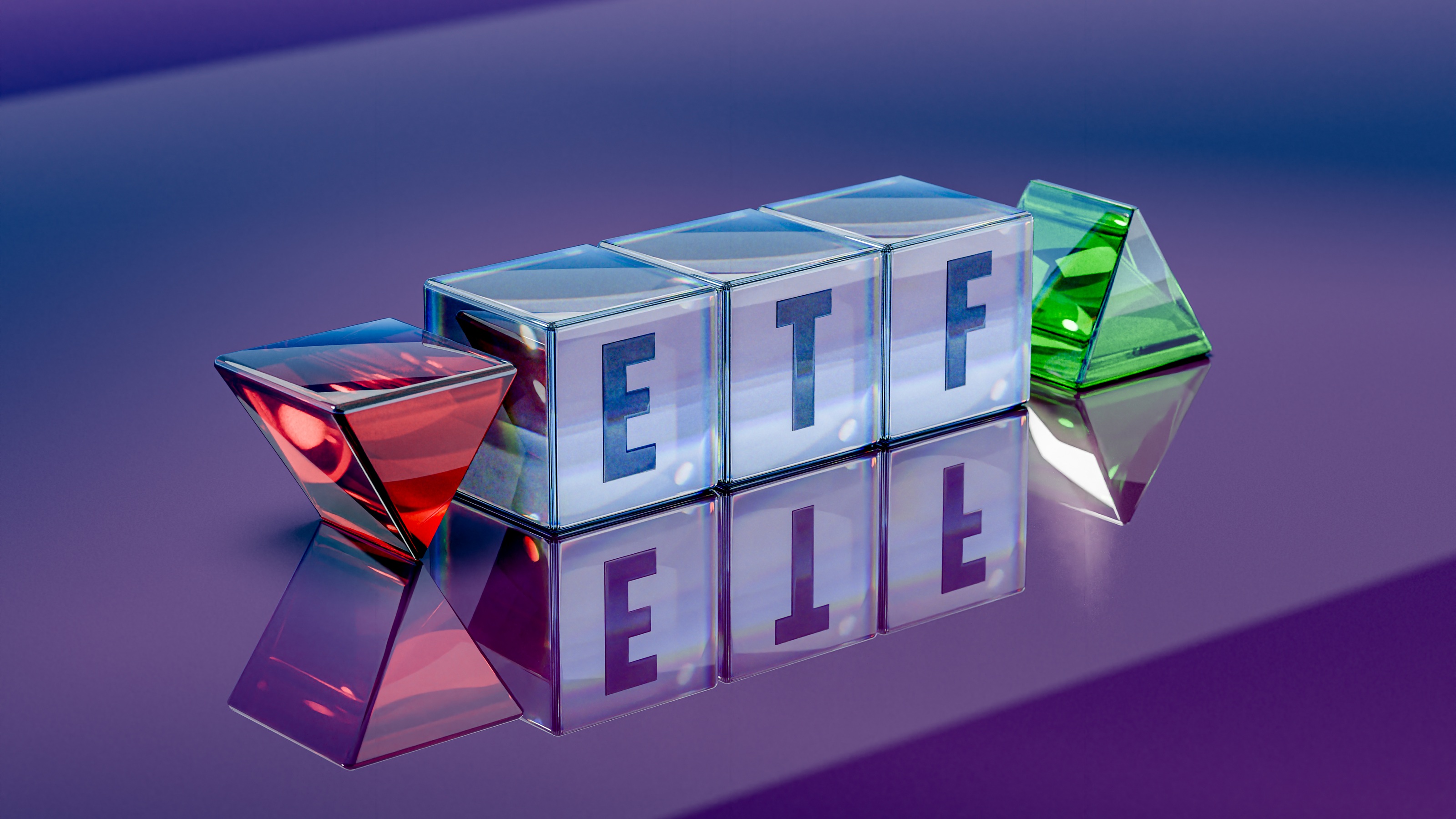Should You Roll Over Your Retirement Plan When You Retire?
Here are some pros and cons of leaving your money in the company retirement plan when you retire vs. rolling it over to an IRA.


When a person retires with a company retirement plan, it’s important to know the pros and cons of rolling over to an IRA vs. leaving your money in the plan. And you won’t come up with the same answer for everyone.
For example, if you retire between the ages of 55 and 59½, and you need to take money out of your retirement plan to pay off your mortgage, in most cases it would be far better to leave your money in the company plan, at least until you take this withdrawal. This is because you can pull the money out without a 10% penalty, unlike with an IRA.
Or, if you plan on getting new employment, you may want to leave the money in the company plan so you can roll it over to the new employer’s plan. In most cases, this would allow you to delay taking required minimum distributions (RMDs) at age 73 because you’re still working.
From just $107.88 $24.99 for Kiplinger Personal Finance
Be a smarter, better informed investor.

Sign up for Kiplinger’s Free Newsletters
Profit and prosper with the best of expert advice on investing, taxes, retirement, personal finance and more - straight to your e-mail.
Profit and prosper with the best of expert advice - straight to your e-mail.
Also, if you have access to good investment advice through your company plan or make your own investment decisions, generally the fees on the investments are going to be lower than buying the same type of investments in an IRA through a financial adviser.
When leaving your money in the company plan makes sense
Company plan assets also receive federal creditor protection, whereas state law protects IRAs, with some states offering little or no creditor protection against things like lawsuits, divorce and other creditor problems. If your state is weak on creditor protection and you have legal or creditor problems, you may be better off leaving your money in the company plan.
On the other hand, doing a rollover to an IRA would allow you to have a much broader choice of investment options to choose from rather than being stuck with a limited number of investments offered by a typical company plan.
And in most cases, former employees generally receive far better service and more professional advice from financial advisers compared to some inexperienced phone representative where the company plan has been outsourced to a third party.
For the charity-minded, a qualified charitable distribution (QCD) is a way to take part of your RMD tax-free if you’re giving the funds to charity.
Remember, if you don’t itemize, your charitable giving is no longer deductible, but the QCD creates the same end result even if you don’t itemize. This powerful tax advantage can be made only from an IRA, so it’s lost if the funds remain in your company plan.
IRAs handy for combining different retirement accounts
The IRA is also a handy place to consolidate and simplify all the different retirement accounts into one IRA or perhaps one IRA and one Roth IRA.
This is a huge advantage in a situation where you’re having to keep track of several retirement plans, along with the beneficiary withdrawal options on each plan, the statements for each plan, the passwords for each plan and so on.
Lastly, with company plans, in most cases, employees have to take their RMD from each plan separately, whereas IRAs can be consolidated for calculating RMDs, which can really help simplify the process. For example, IRA owners can take their RMD for all of their IRAs from just one of several IRAs.
So if you’re in the valley of decision on whether or not to roll your company plan over to an IRA, start by reviewing this list of pros and cons, and then perhaps talk with a professional financial adviser, who can help you to make a decision based on what works best for you.
Profit and prosper with the best of Kiplinger's advice on investing, taxes, retirement, personal finance and much more. Delivered daily. Enter your email in the box and click Sign Me Up.

-
 The 'Go Live Your Life' Rule of Retirement Spending
The 'Go Live Your Life' Rule of Retirement SpendingThe 'guardrails approach' to retirement spending signals when you can spend more and when you need to rein it in, giving you greater flexibility in your post-work life.
-
 Targa Resources, Take-Two Interactive, Boston Scientific: Why Experts Rate These Stocks at Strong Buy
Targa Resources, Take-Two Interactive, Boston Scientific: Why Experts Rate These Stocks at Strong BuyWall Street is highly bullish on these three high-quality stocks.
-
 Debunking Three Myths About Defined Outcome ETFs (aka Buffered ETFs)
Debunking Three Myths About Defined Outcome ETFs (aka Buffered ETFs)Defined outcome ETFs offer a middle ground between traditional equity and fixed-income investments, helping provide downside protection and upside participation.
-
 This Is Why Judge Judy Says Details Are Important in Contracts: This Contract Had Holes
This Is Why Judge Judy Says Details Are Important in Contracts: This Contract Had HolesA couple's disastrous experience with reclaimed wood flooring led to safety hazards and a lesson in the critical importance of detailed contracts.
-
 A Lesson From the School of Rock (and a Financial Adviser) as the Markets Go Around and Around
A Lesson From the School of Rock (and a Financial Adviser) as the Markets Go Around and AroundIt's hard to hold your nerve during a downturn, but next time the markets take a tumble, remember this quick rock 'n' roll tutorial and aim to stay invested.
-
 I'm a Financial Pro: This Is How You Can Guide Your Heirs Through the Great Wealth Transfer
I'm a Financial Pro: This Is How You Can Guide Your Heirs Through the Great Wealth TransferFocus on creating a clear estate plan, communicating your wishes early to avoid family conflict, leaving an ethical will with your values and wisdom and preparing them practically and emotionally.
-
 To Reap the Full Benefits of Tax-Loss Harvesting, Consider This Investment Strategist's Steps
To Reap the Full Benefits of Tax-Loss Harvesting, Consider This Investment Strategist's StepsTax-loss harvesting can offer more advantages for investors than tax relief. Over the long term, it can potentially help you maintain a robust portfolio and build wealth.
-
 Social Security Wisdom From a Financial Adviser Receiving Benefits Himself
Social Security Wisdom From a Financial Adviser Receiving Benefits HimselfYou don't know what you don't know, and with Social Security, that can be a costly problem for retirees — one that can last a lifetime.
-
 Take It From a Tax Expert: The True Measure of Your Retirement Readiness Isn't the Size of Your Nest Egg
Take It From a Tax Expert: The True Measure of Your Retirement Readiness Isn't the Size of Your Nest EggA sizable nest egg is a good start, but your plan should include two to five years of basic expenses in conservative, liquid accounts as a buffer against market volatility, inflation and taxes.
-
 New Opportunity Zone Rules Triple Tax Benefits for Rural Investments: Here's Your 2027 Strategy
New Opportunity Zone Rules Triple Tax Benefits for Rural Investments: Here's Your 2027 StrategyNew IRS guidance just reshaped the opportunity zone landscape for 2027. Here's what high-net-worth investors need to know about the enhanced rural benefits.